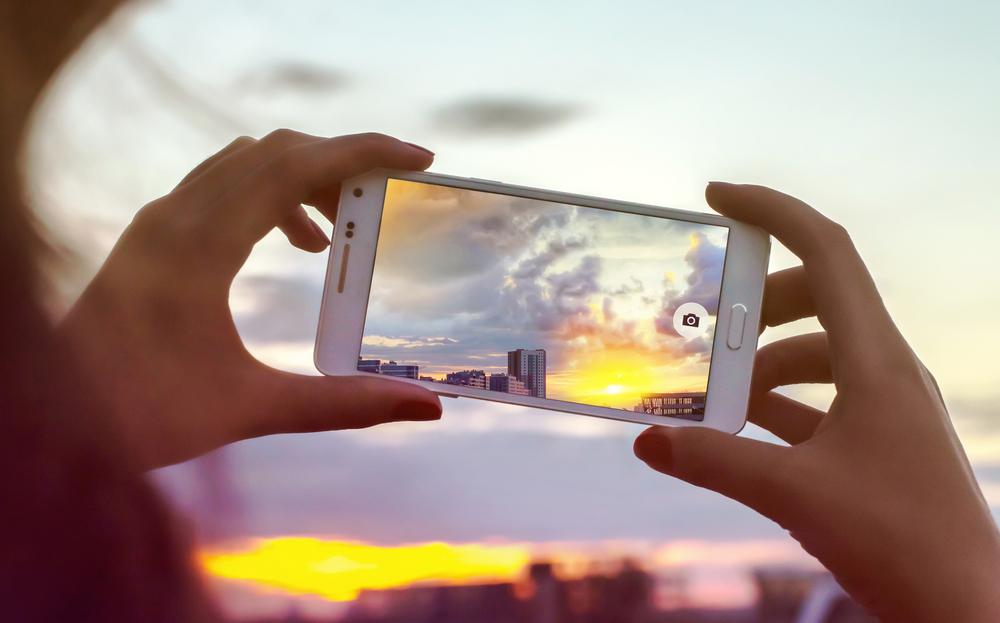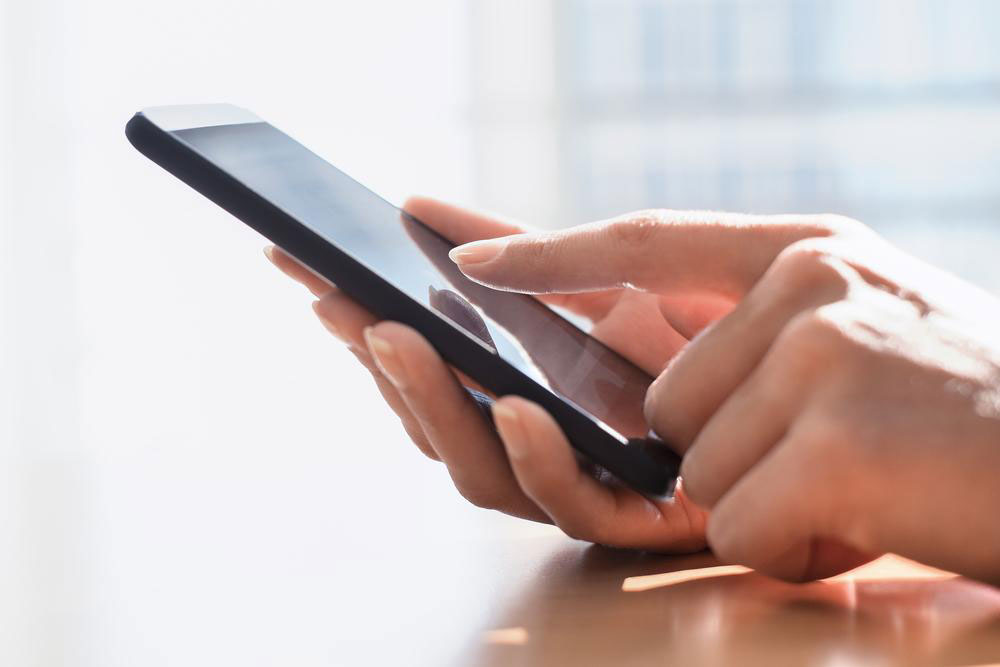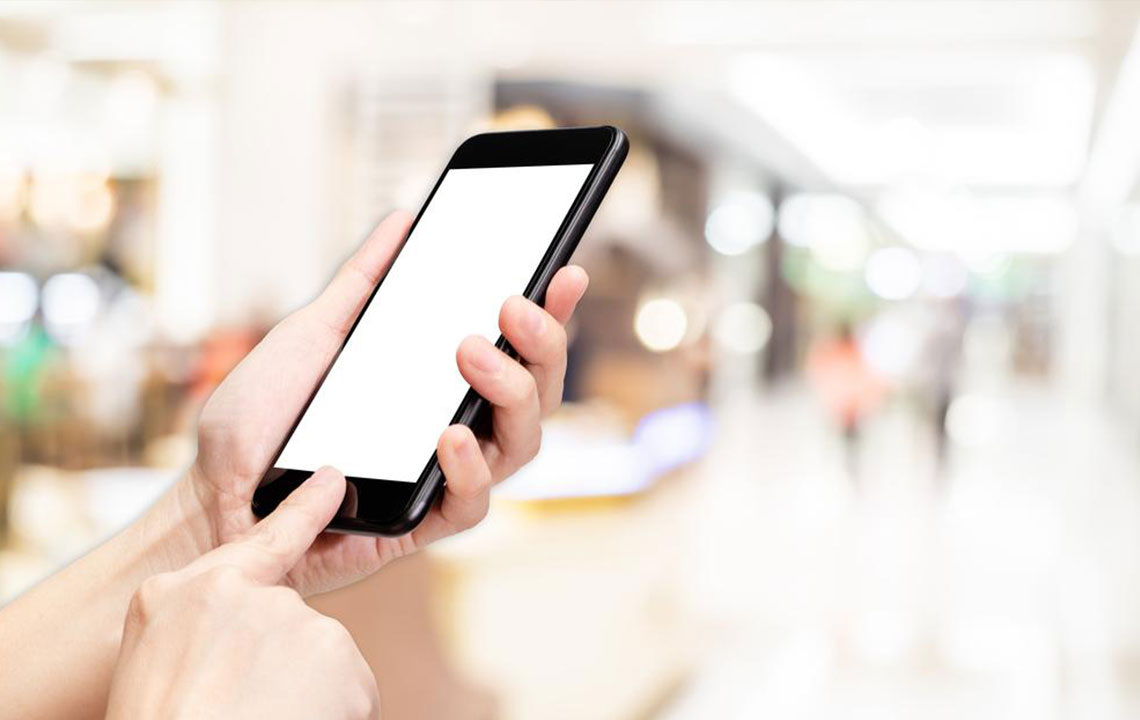Galaxy S8 vs. Pixel 2: An In-Depth Comparison to Help You Choose the Perfect Smartphone
This detailed comparison explores the key differences and similarities between the Galaxy S8 and Pixel 2 smartphones. It covers design, features, hardware specs, display quality, software, and unique capabilities to help users choose the device that best suits their preferences. Whether prioritizing aesthetics, camera performance, or software experience, this guide offers valuable insights for prospective buyers seeking a premium smartphone tailored to their individual needs.

Comprehensive Comparison: Samsung Galaxy S8 and Google Pixel 2
Are you in the market for a new flagship smartphone? With the vast array of options available today, selecting the right device can be daunting. Among the most prominent models are the Samsung Galaxy S8 and the Google Pixel 2, both renowned for their performance, design, and innovative features. Understanding their differences in design, hardware specifications, software capabilities, and additional functionalities can greatly aid in making an informed decision tailored to your needs.
In this extensive comparison, we'll delve into every critical aspect of these two smartphones to help you determine which one aligns best with your preferences and lifestyle.
Design and Build Quality
The Samsung Galaxy S8 is celebrated for its futuristic, sleek design. Its ultra-slim, curved body seamlessly encompasses a vibrant glass front and back, creating a premium aesthetic that feels both modern and comfortable in your hand. The device's curvatures not only enhance its appearance but also improve grip, making it easier to handle despite its large screen. The absence of physical buttons on the front lends a clean look, with a minimal bezel design that amplifies the display area. Its construction involves high-quality materials, primarily glass and metal, offering durability alongside elegance.
Google Pixel 2 exhibits a minimalist and elegant design
The Pixel 2 features a robust build with a subtly textured aluminum body paired with a polished glass rear panel. Its design is understated yet sophisticated, emphasizing simplicity and practicality. The front remains uncluttered with a compact bezel, housing a front camera and speakers, while the rear's high-quality glass adds a sense of luxury. A standout feature is the camera bump, which is prominent but designed to complement the overall aesthetic. The Pixel 2 offers a striking blue color variant that enhances its visual appeal and makes it stand out among typical smartphone colors.
Both devices emphasize premium craftsmanship. The Pixel 2's more understated, minimal design contrasts with the Galaxy S8's bold, curved silhouette, catering to different style sensibilities. Your choice hinges on whether you prefer a sleek, curved appearance or a clean, minimalist look.
Distinctive Features and Capabilities
The Galaxy S8 offers several innovative features that set it apart. It is fully waterproof, with IP68 certification, allowing it to withstand immersion in water. The device supports wireless charging and has a microSD card slot for expandable storage, providing flexible options for users who need extra space. Additionally, the Galaxy S8 includes Bixby, Samsung's AI-powered assistant, along with a suite of customizable settings for enhanced productivity and entertainment.
Pixel 2 emphasizes camera quality and pure Android experience
The Pixel 2 is also water-resistant, with an IP67 rating, ensuring protection against splashes and brief immersion. It does not offer expandable storage but compensates with a clean, bloat-free version of Android, providing faster updates and a smoother user experience. The Pixel 2's camera is renowned for its outstanding quality, especially in low-light conditions, thanks to Google's advanced computational photography. Additionally, it offers features like Active Edge (squeeze to activate Google Assistant), which enhance usability.
Hardware Specifications
Both devices are powered by Qualcomm's Snapdragon 835 processor, which was a flagship chip at the time, ensuring fast and efficient performance. The Galaxy S8 comes with 4GB of RAM and starts with 64GB internal storage, which can be expanded via microSD cards. Meanwhile, the Pixel 2 offers 4GB RAM and 64GB internal storage but lacks expandable storage options. These specifications assure smooth multitasking, gaming, and everyday app use.
Display Technology and Visual Experience
The Galaxy S8 boasts a larger 6.2-inch curved OLED display with a resolution of 2960 x 1440 pixels, delivering crisp visuals and immersive viewing. Its display supports HDR content, enhancing color vibrancy in compatible media. The Pixel 2, with a 5-inch display, features a Full-HD OLED panel with a resolution of 1920 x 1080 pixels, emphasizing clarity and color accuracy. Both screens utilize OLED technology, providing deep blacks and vivid colors, but the S8's larger size offers a more cinematic experience.
Software and User Interface
The Galaxy S8 operates on Android 7 Nougat initially, with Samsung's custom One UI overlay, which adds features like Bixby voice assistant, enhanced multitasking capabilities, and various customization options. It also includes a refined battery saver mode and a more feature-rich interface. Conversely, the Pixel 2 runs a nearly stock version of Android 8.0 Oreo, delivering a pure Android experience with faster updates directly from Google. It emphasizes simplicity, speed, and seamless integration with Google services, making it ideal for users who prefer a straightforward Android interface without unnecessary bloatware.
Deciding between the Samsung Galaxy S8 and Google Pixel 2 ultimately depends on your preferences for design, software experience, and specific features such as camera quality and expandability. Both devices represent flagship-quality technology, promising excellent performance, advanced features, and sleek aesthetics. Consider what aspects matter most—be it display size, camera capabilities, or software flexibility—to choose the smartphone that best fits your lifestyle and needs. With this comprehensive comparison, you'll be well-equipped to make an informed purchase decision that aligns with your personal preferences and functional requirements.





